
I recently scanned a few boxes of glass negatives from the collection, all made by one Benjamin T. Hill, an amateur photographer and local historian elected to the Antiquarian Society in 1901 who also served as an auditor for the Society for twenty-three years. These negatives were all made at a fair in Worcester in the early 1920s. The fair took place near what was then Norton Abrasives and is now the Saint-Gobain complex, just west of West Boylston Street. The historic Odd Fellows’ Home, built in 1890 on Randolph Road, is visible in the distance in many of the photographs.
In this sizable array of images are photographs that are poorly framed, blurry, underexposed, negatives that fell victim to light leaks, images of crowds of people with their backs turned, images of rows of livestock presenting their hindquarters to the camera, inexplicable reenactments, a whole lot of empty foregrounds…and several stunning gems that offer a crisp and beautiful view into the world of the fair on that particular day. It’s worth clicking on the images to see them at full resolution.
It isn’t clear why Hill was photographing the fair – it’s possible that he was hired to document the festivities, or, as some of the images indicate, had acquaintances who were vendors at the fair (an insurance company, a lumber company, car dealers). Some of the images are posed group shots, with subjects fully aware of and engaged with the camera, as can be seen in the photographs of the circus performers and, more unexpectedly, the entire grandstand of spectators with their heads turned to the left, looking straight at the camera:
What is most interesting about the collection of glass-plate negatives of the fair is how revealing the collection is as a whole of Hill’s amateur status (and as a result, his probable wealth – this was not a cheap pursuit). He had a clear interest in entertainment. In the two boxes of 5×7 plates, the majority are images of horses jumping, many of them repeated attempts at the same shot, some slight variations in angle, some framed incredibly awkwardly. Of the lot, there are only one or two real successes, and one image of a woman jumping a horse while riding side-saddle is particularly stunning:
The framing is thoughtful and careful, the horizon is level, and horse and rider are sharp. He released the shutter just past the peak of the jump, and if you look closely you can see that she is even coming out of the saddle. No less dramatic is the image of a man and horse on the same jump; however, this one has a strange, hurried snapshot quality to it that belies the complexity of the photographic process.
A third attempt reveals a bad angle and a flat image, and draws attention to the fact that he had the camera sitting on the ground, for reasons unknown (one possibility is that he needed to reduce his own visibility and a large tripod would have spooked the horses).
Another scene he photographed a few times was the high-diver. It appears as though he was trying to get at least one shot of the performer actually splashing into the tank, but he’s far enough away and the frame is so cluttered that it takes the viewer a long time to figure out what’s going on. In another image, he’s still probably standing in the same spot, but he simply turned the frame to vertical and released the shutter at an earlier stage of the dive. The first image is almost comical and bizarre; the second is dramatic and succinct:
Regardless of how amateur he may have been, Hill managed to document a wide variety of scenes, and though some are eye catching simply for their novelty (like the parade float/battleship made of flowers seen below), others hold a level of detail that is nothing short of magic. The faces and costumes of circus performers (see the above group photo of performers on stage), the smiling couple behind the chicken wire (see the above photo of crowd on the grandstand), the families near the edge of the frame oblivious to the racetrack (see the left edge of the racetrack photo below), and the two boys who have climbed up the pole out of the crowd and spotted the photographer (see the second image of this post of the big crowd), are all there in sharp resolution (just look closely). It’s these larger 8×10 inch plates that go beyond the realm of pure documentation and are almost transportive to look at now.
Hill was, as one of his obituaries puts it, taken by death at the age of 64, in November of 1927. U. Waldo Cutler, the director of the Worcester Historical Society, wrote a letter to the editor of the Worcester Telegram in mourning of his passing saying, “There is no one to take his place as a source of information and of stimulus in the study of Worcester history. His wide and accurate knowledge of the facts and his great accumulation of historical material in picture and collected records have been a resource for many years already, and they will, I trust, remain down the generations as a monument to his patient and skillful research among the archives of our city.”
You can see the complete set of 131 glass plate negatives made by B.T. Hill of the fair here.


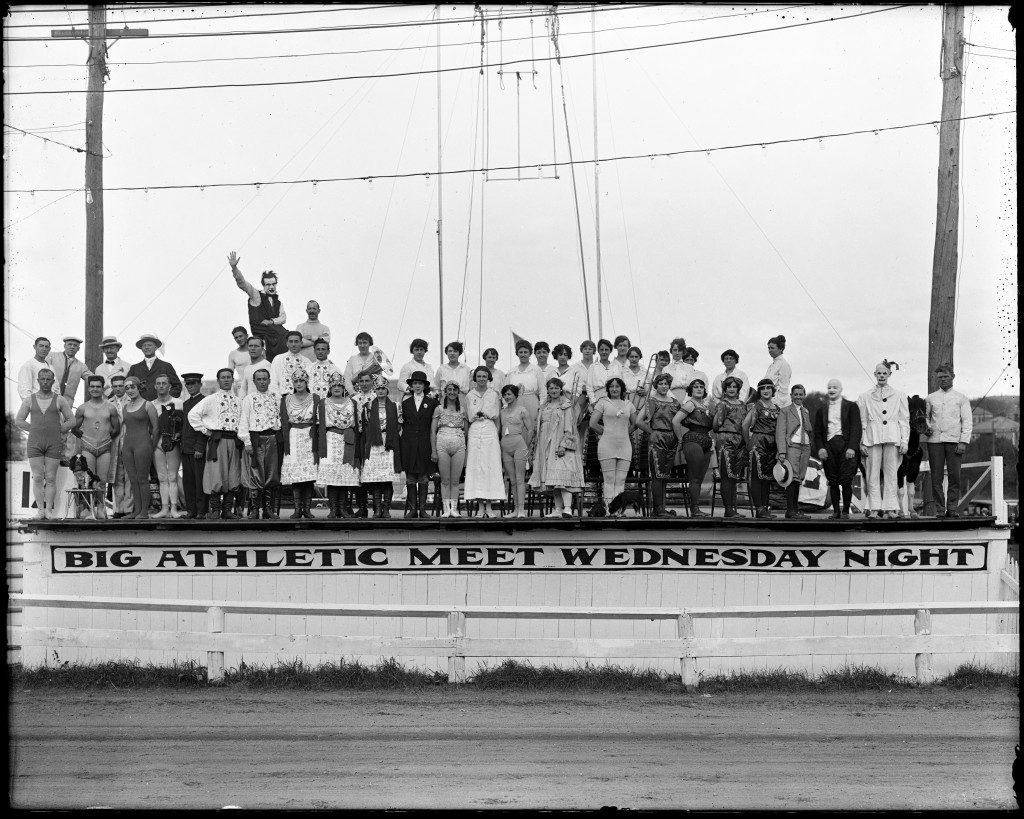
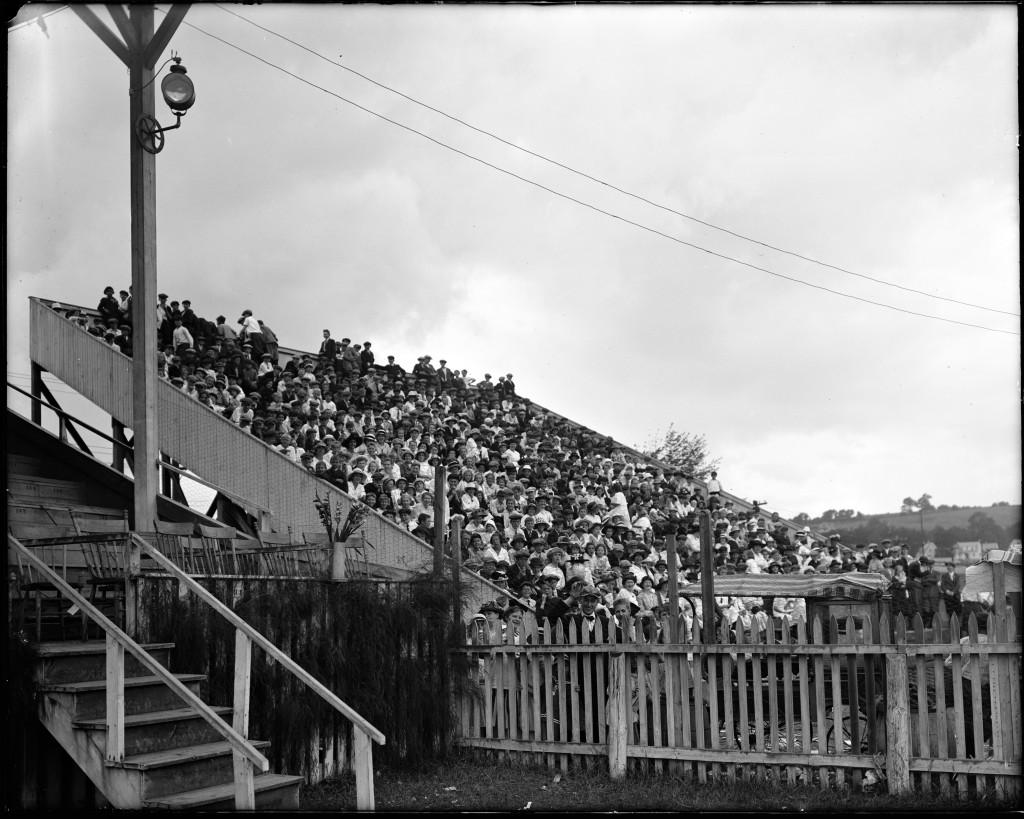
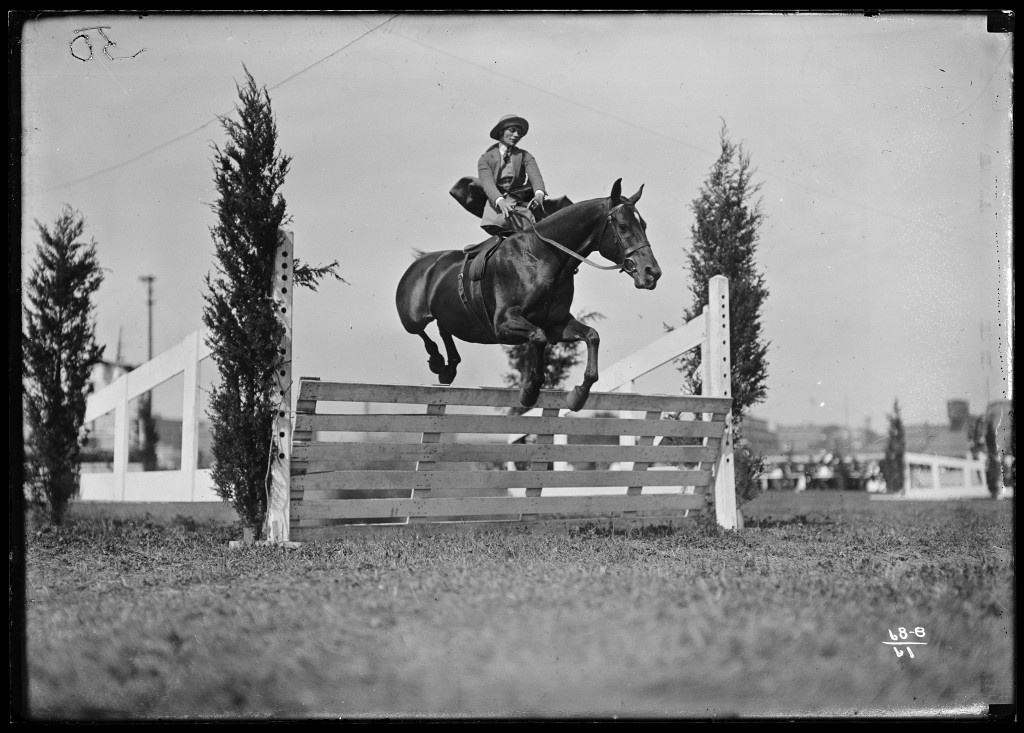
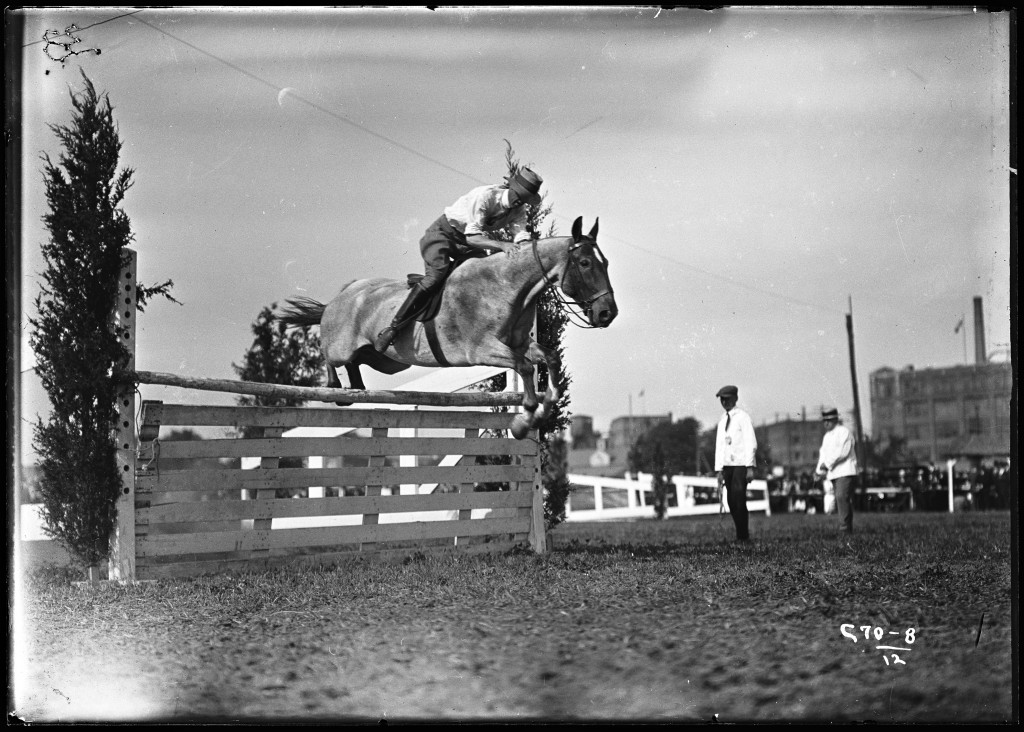

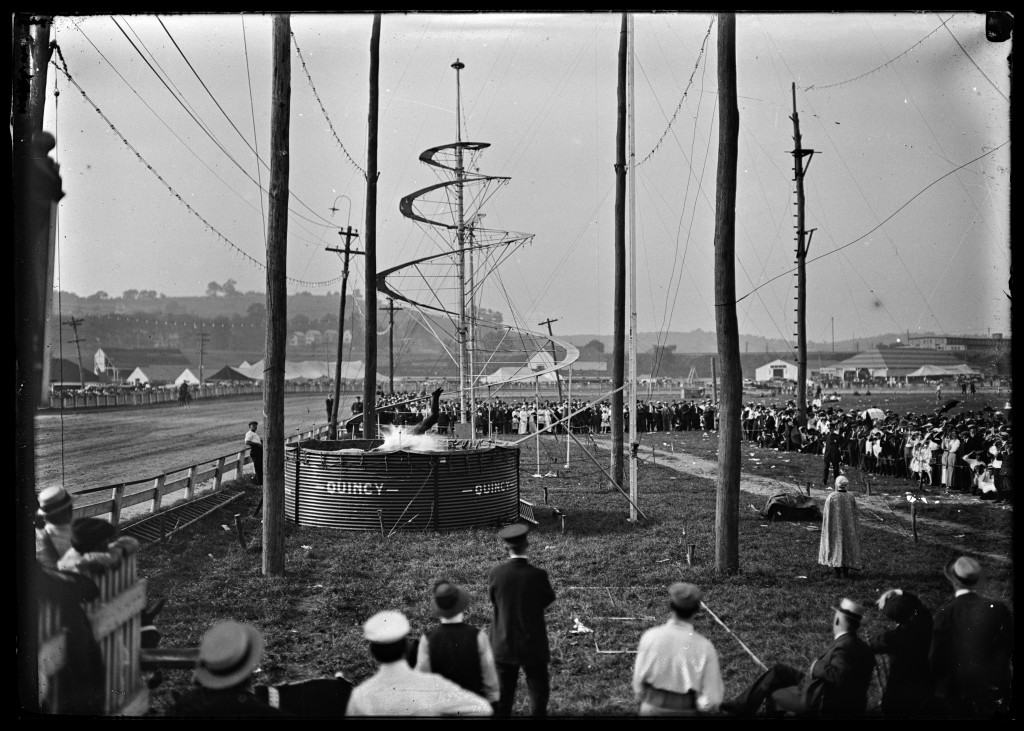
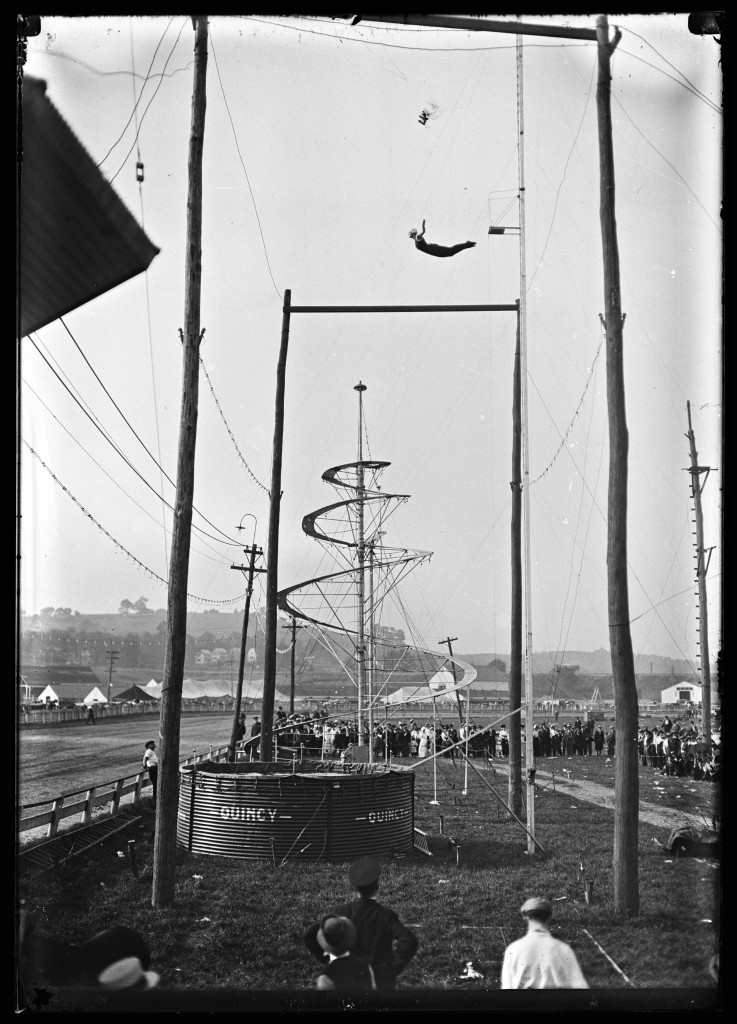
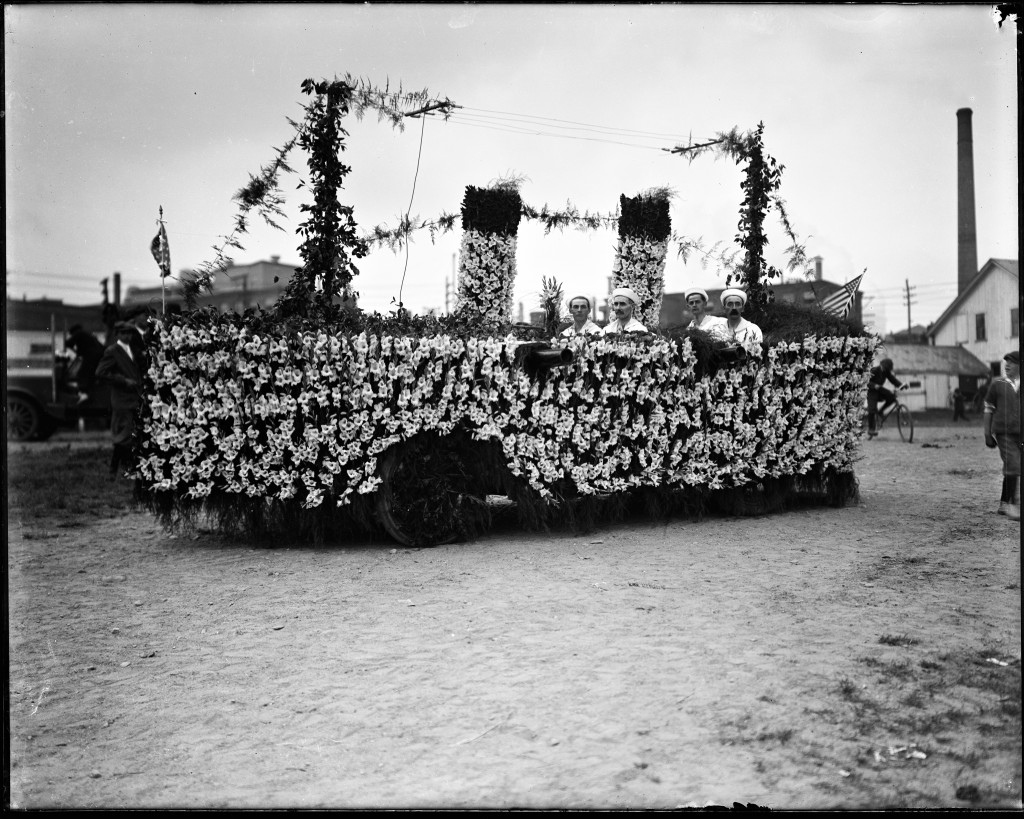
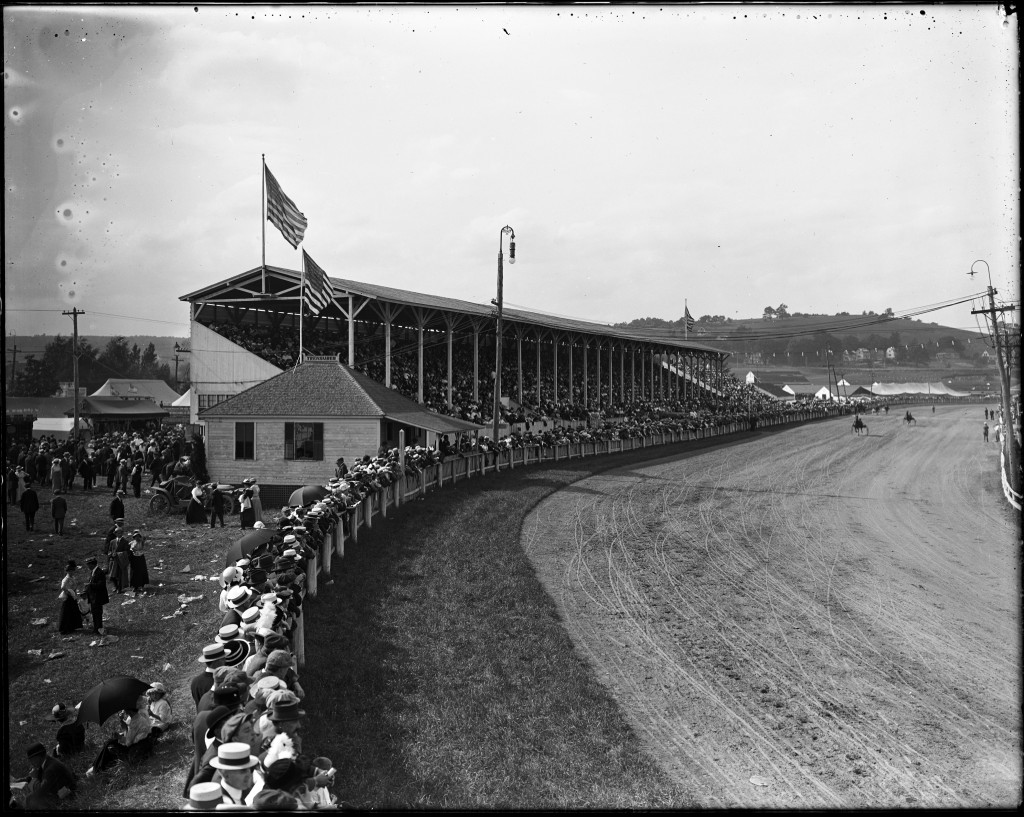
The thought of this being life in Worcester in the relatively not-so-distant past is pretty incredible and the horse jumping photos are outstanding!
The photography of the AAS is truly sensational.I delight as I discover new “old” materials…and the AAS librarians are truly #1. Thanks